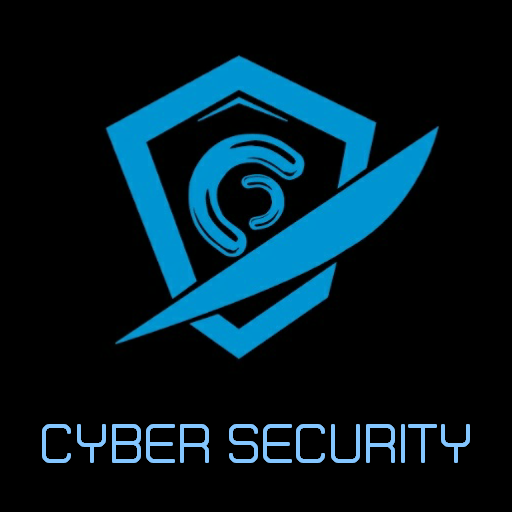Cybersecurity For Beginners Your Journey to Digital Security Starts Here.
The digital world is a fascinating place, full of opportunities and innovation but it also comes with its share of risks, and cybersecurity is the key to navigating those risks safely. If you’re curious about cybersecurity, but unsure where to start, this beginner’s guide will provide you with the foundation you need to confidently protect yourself and your organization in the digital age.
What Exactly is Cybersecurity?
Think of cybersecurity as the digital equivalent of a security system for your home or business. It’s about protecting your valuable assets – your data, your computer systems, and your network from unauthorized access, use, disclosure, disruption, modification, or destruction.
Why Should You Care?
Cyberattacks are on the rise, targeting individuals, businesses, and even entire nations. The consequences can be devastating, leading to:
* Data breaches: Sensitive information like financial details, personal records, and confidential business plans can be stolen and misused.
* System downtime: Critical systems can be shut down or disrupted, causing financial losses and operational disruptions.
* Reputation damage: A cyberattack can severely damage your brand reputation, leading to loss of trust and customers.
* Financial losses: Cyberattacks can lead to significant financial losses from stolen funds, ransomware demands, and legal expenses.
This Guide Will Empower You
This guide will equip you with the knowledge and skills to understand and mitigate cyber threats.
Here’s what you’ll learn:
1. Understanding the Cybersecurity Landscape:
* Core concepts: Learn the fundamental principles of cybersecurity, including security frameworks, risk management, and compliance regulations.
* Security solutions: Explore different types of security solutions like firewalls, antivirus software, intrusion detection systems, and more.
* Identity and access management: Understand the importance of secure authentication and authorization for accessing sensitive data and systems.
2. Protecting Your Network:
* Identifying vulnerabilities: Learn how to identify common network vulnerabilities and understand how attackers exploit them.
* Mitigating threats: Discover effective strategies for securing your network infrastructure, from strong passwords to network segmentation and secure configurations.
3. Implementing Threat Mitigation Strategies:
* Azure security best practices: Discover how to leverage Azure’s built-in security features to protect your data and applications in the cloud.
* Cybersecurity tools and techniques: Learn about advanced security tools like Security Information and Event Management (SIEM) and Security Orchestration, Automation, and Response (SOAR).
* Developing a robust security posture: Learn how to implement effective security measures across your organization, from user education to incident response planning.
4. Putting Your Skills to the Test:
* Capstone project: Apply your newly acquired knowledge by completing a real-world capstone project.
* Microsoft SC-900 Certification: Prepare for and earn the industry-recognized Microsoft Security, Compliance, and Identity Fundamentals (SC-900) certification.
Ready to Embark on Your Cybersecurity Journey?
This guide provides the essential information and resources to get you started. By learning the basics of cybersecurity, you can empower yourself to protect your data, your systems, and your future in the ever-evolving digital world. So, take the first step today and start your journey towards becoming a cybersecurity expert.







